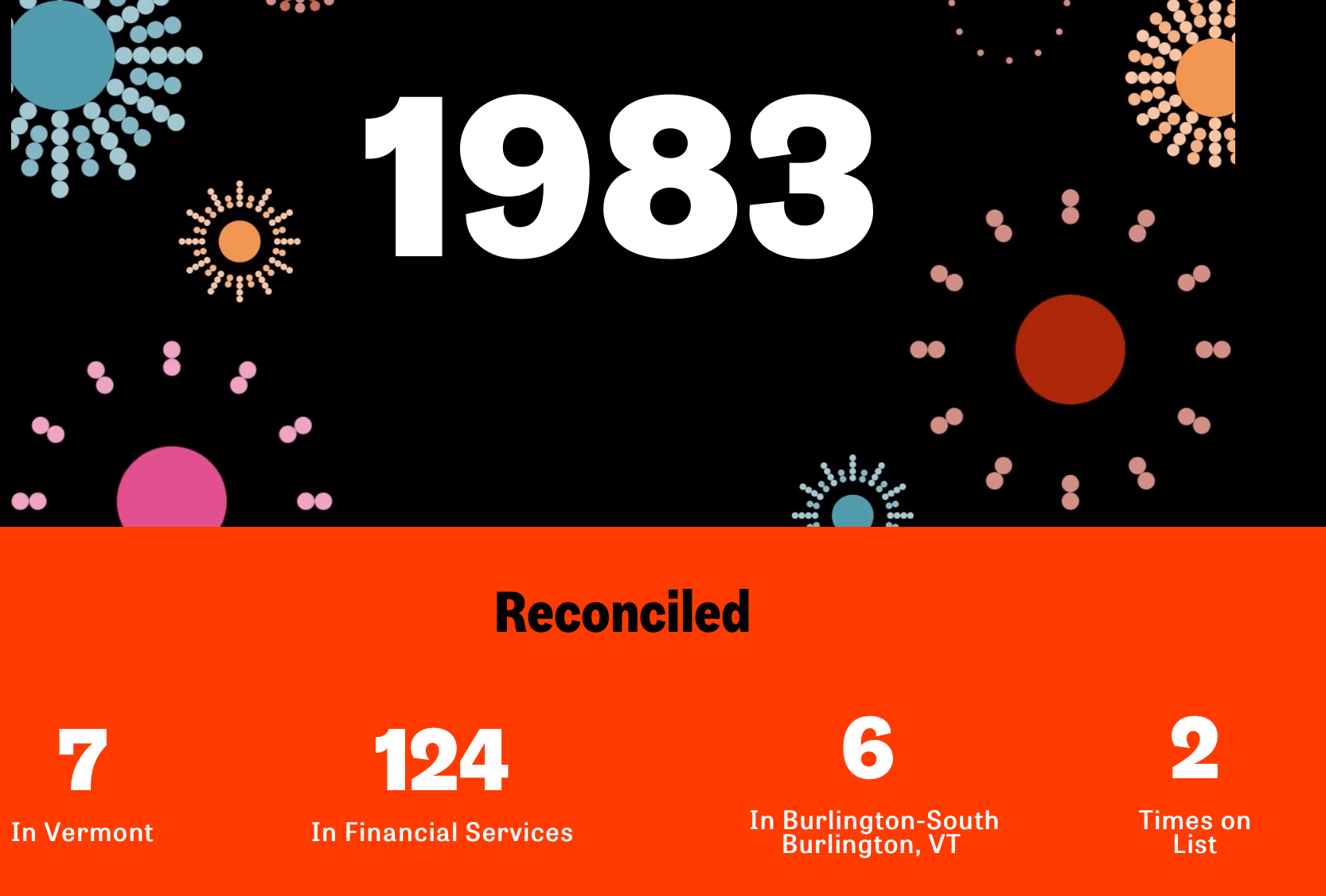If you’re an entrepreneur who is either considering growing your business or already moving forward — congratulations! This is an exciting step.
If your business has grown fast (like ours), you may be thinking that the next step is opening additional offices. Opening a second location (or third or fourth) is an important move for many service-based businesses, and when it’s done carefully, it can be extremely successful.
But there are also risks.
Let’s take a look at some key considerations for smaller businesses looking to expand geographically.
1. Have clearly defined goals
Any business decision starts with the “why,” and in this case, you still have to consider the business case for expansion.
Examples of business goals:
- Satisfy demand
- Build reach
- Save money
- Penetrate a new market
- Broaden talent pool
- Test out a new version of an existing product
- Find alternative ways of marketing
The key to starting up a successful second location is having a clear understanding of what works and what doesn’t in your current business ahead of time. Getting a third-party opinion can work wonders for this.
2. Establish your brand in the second location (but don’t lose your current focus)
When I opened Reconciled, I began to offer my services to local businesses, and in that process, I quickly established myself as a trustworthy and competent person in the local business community.
While not all business leaders may have the luxury of doing this, establishing yourself locally and “doing the work first” is a great way to network. It also paves the way to brand awareness and engagement in a new location.
Here are a few tips for prospecting and engaging in a new locale:
- Make sure that the people you hire to run your new office are well-versed in marketing, branding, and networking from the ground up in the new community.
- Ensure your services are tailored to each location — for instance, we may put a stronger focus on marketing our CFO services in places with a high percentage of larger companies.
- Discuss the “why” behind your new locations with your staff and clients.
Even though we’re cloud-based, we make an extra effort to connect with local activities because we want to be a trusted face in the community. Some people might want to see their service provider face to face, others might be okay with doing it remotely. But making sure that you are a trusted face in the neighborhood is crucial to building ties in the local business community.
Strategic branding is important, but I believe that establishing yourself in real life in your community is crucial to making yourself — and your business — truly memorable.
3. Make sure you have adequate cash flow
Are you up to speed with all aspects of your financials?
Cash flow is key when you’re trying to expand. Understanding and forecasting this realistically will help to keep you stable. Having a handle on your cash flow can help you to generate the right levels of revenue out of the new business. Also, it can be there as a backup in case unexpected issues arise.
In addition, it may take a while for the new location to break even, so you want to make sure you have liquid backing to carry it in the meantime.
The main question here is: is your primary location generating enough revenue to sustain the next location if it doesn’t break even? If not, you will want to look into more financing options.
4. Understand why you are growing
If you are experiencing a lot of growth, you know you’re doing something right. You’re probably beating the competition in your current locale and/or channels. But, how much of this growth is tied to geography?
Even if you are a mostly digital business, the answer might still be a lot . That’s why it’s important to pinpoint why the growth is happening. And whether this is truly sustainable before making a move to the new location.
Then you can prepare a growth strategy based on some key factors such as:
- Cash flow
- Marketing plan for that area
- Differentiation (USP)
- Company culture
For more business tips, check out Our Favorite Tips from Everyday Entrepreneur 2018 .
5. Know your new market
According to Small Business Trends , 42% of small businesses fail because of “no market need,” and many others fail simply because they can’t maintain the cost.
- Identify and analyze the local competition
- Understand the need in the local market
- Make sure the local market isn’t saturated
So, one of the main things you need to do is understand the need for your service in the particular marketplace you are expanding into. Are you offering your services at the right time?
And yes this still applies even if you’re digital because you will still probably need to network on the ground.
6. Don’t rush!
Every business wants to see growth in one form or another. It’s only natural that if you are an entrepreneur you’ll be pushing for bigger, better, faster, or whatever you think will help you get an edge.
But if you’re experiencing rapid growth and struggling to keep up, you may be experiencing a whole host of new problems. Even if you’re not, it might be a better idea to just slow down before rushing into expansion.
If you feel financially stable enough to open a new location, bear in mind that there are other risks to your bottom line.
Some negative consequences of quick growth can include:
- Customer service snags
- Lack of compliance with local laws and regulations
- Lack of attention/research for the local market
- Lack of attention to other employee-related issues
Make sure you have a clear handle on all aspects of your business before going forward with a move. Be sure to document your successes. Keep an eye on shorter-term (non-financial) goals. When these are in place, your business should be more sustainable and robust — which means there will be plenty of time to expand in the future.
Evolve smoothly and in balance instead of trying to forge on into new territory and going in blind.
7. Keep an eye on the long term
If you’re expanding, you’re basically opening a new business. You might think of it as another “branch” but in reality, it may take just as many funds and energy as the initial business. You must be prepared for the same types of pitfalls — and the best way to do this is via careful financial planning and analysis.
Do you need help determining whether your budget or financials are at the right place for you to grow your business? Let our seasoned bookkeepers get you on track and help you plan a budget that fits your unique needs.
The post From the CEO: What You Need to Know About Opening a Second Location appeared first on Reconciled.
Recent Posts








